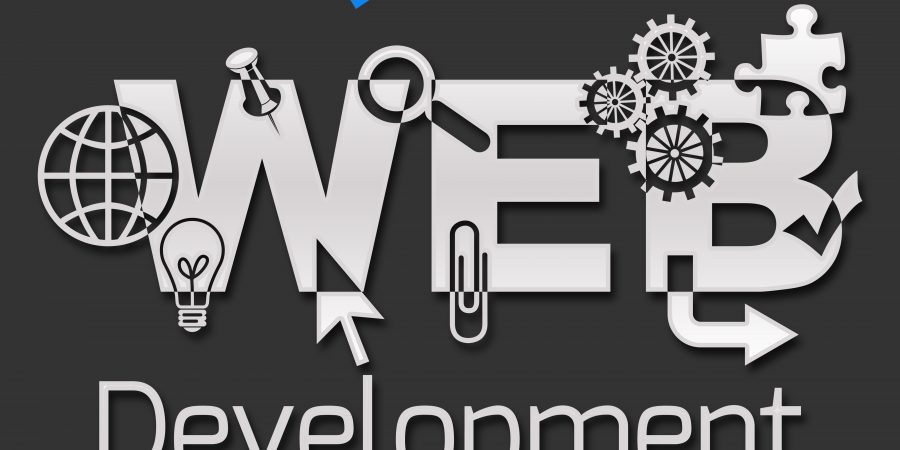Web Design: What’s Trending and What’s Ending
Moving From Web Design To Experience Design
The age-old pressure of “keeping up with the Joneses” extends to websites, too. Does yours look as modern, rustic, romantic, hip, slick and cool as your competitor’s? Does a little animated figure follow the customer along the shopping site offering to hang selections up in a little virtual dressing room? The very best website designs can do all that initially, but even the most contemporary creations can look dated after a few years. #oldnews
 With everyone on the Internet, your website represents your company’s brand now more than ever. You simply can’t afford to fall behind visually. As the tools and technology for designing advance, the interfaces and interactions between sites and users get more sophisticated, as well. Here’s a short survey of which web design trends will be most influential in the remainder of 2017 and into next year (so you can get a jump on the Joneses.)
With everyone on the Internet, your website represents your company’s brand now more than ever. You simply can’t afford to fall behind visually. As the tools and technology for designing advance, the interfaces and interactions between sites and users get more sophisticated, as well. Here’s a short survey of which web design trends will be most influential in the remainder of 2017 and into next year (so you can get a jump on the Joneses.)
In a future blog, I will get into how websites originate from either a custom design or a template. Obviously, a web template can be enormously cost-effective as it is pre-made and easily adaptable. A custom site, on the other hand, can be as expensive and elaborate as a budget allows. You may have multiple designers and developers all toiling away night and day to make your brand image the most noticeable on the Internet.
One principle holds true for both templates and custom designs. In order to satisfy the online user experience, known as the UX, web content must be relevant, responsive and reach the customer on a personal level. Interest and involvement will be expected, but it is the interactive quality that will ultimately bring loyalty and longevity to the relationship.
Expressive Layouts
 One year it’s whispery minimalism, the next year it’s crowded and loud. This week it’s all youthful yellow, next week it’s avant-garde gray. That’s the nature of keeping website content fresh. Most recently, uniformity and ‘designing to the grid’ have given way to open-styled, asymmetric, almost chaotic compositions. Headlines zigzag across the page, broken in line and size and position. Like any aesthetic movement, the rules are bent and predictability is out the window. Type overlaps, intersects, distorts, flows off the page, all aided by designer tools such as Canvas and WebGL. Modern layouts are deliberately disarrayed to catch the eye, lure the curious and keep the interaction intensely satisfying.
One year it’s whispery minimalism, the next year it’s crowded and loud. This week it’s all youthful yellow, next week it’s avant-garde gray. That’s the nature of keeping website content fresh. Most recently, uniformity and ‘designing to the grid’ have given way to open-styled, asymmetric, almost chaotic compositions. Headlines zigzag across the page, broken in line and size and position. Like any aesthetic movement, the rules are bent and predictability is out the window. Type overlaps, intersects, distorts, flows off the page, all aided by designer tools such as Canvas and WebGL. Modern layouts are deliberately disarrayed to catch the eye, lure the curious and keep the interaction intensely satisfying.
Think Big Typography
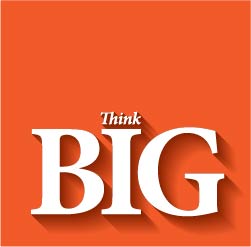 Typefaces are playing a big role in the revolution. Used to be text specs of choice across the Internet favored simple-lined Helvetica or safe Open Sans. Designers could get a little decorative with headlines but it was hands off the sacred body text. San serif reigned and its evil twin Serif, with all its readability issues, was typeface non grata. Today, one headline, even one word, can take up half the page, and pairing disparate styles in giant-to-tiny proportions is an oft-copied creative craze.
Typefaces are playing a big role in the revolution. Used to be text specs of choice across the Internet favored simple-lined Helvetica or safe Open Sans. Designers could get a little decorative with headlines but it was hands off the sacred body text. San serif reigned and its evil twin Serif, with all its readability issues, was typeface non grata. Today, one headline, even one word, can take up half the page, and pairing disparate styles in giant-to-tiny proportions is an oft-copied creative craze.
Data Visualization
Not a numbers person? No problem. Innovative charts and infographics are making unpalatable statistics easier to digest. Data and analytics presented in a clever, colorful visual manner using tools like Tableau give users a chance to take business and industry stats with a grain of salt and a spoonful of sugar.
Designers and Developers Can Be Friends (thanks to technology)
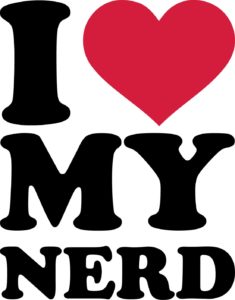 Left brains over here, right brains over there, and never the twain shall meet until the absolute last minute (aka deadline). No more. Shared templates and dashboards are making the handoff from designer to developer simple and seamless. Communicating a vision may start off with designers providing keynote presentations or even a fully-formed rough website to orient the developer. Files are available to both parties simultaneously in friendly formats. This eliminates hours of unnecessary, time-consuming coding which leaves more time for actual work and shortens the length of deliverables. Webflow is a terrific collaborative tool that even includes clients in the real-time process.
Left brains over here, right brains over there, and never the twain shall meet until the absolute last minute (aka deadline). No more. Shared templates and dashboards are making the handoff from designer to developer simple and seamless. Communicating a vision may start off with designers providing keynote presentations or even a fully-formed rough website to orient the developer. Files are available to both parties simultaneously in friendly formats. This eliminates hours of unnecessary, time-consuming coding which leaves more time for actual work and shortens the length of deliverables. Webflow is a terrific collaborative tool that even includes clients in the real-time process.
Taking a Long Scroll?
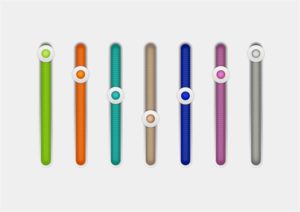 To scroll or click, that is the question. Anyone who has ever spun down their week-old Twitter feed looking for the latest non-fake news, knows there are things to love and hate about long-scrolling websites. While this may work for Facebook, Twitter and Instagram, it will take some research and consideration to determine if this is the way to bring innovation to your site. When in doubt, some website designs opt for both – one, long, scrolling page and a navigation-led organization of separate pages. This style does give you more opportunity for SEO content.
To scroll or click, that is the question. Anyone who has ever spun down their week-old Twitter feed looking for the latest non-fake news, knows there are things to love and hate about long-scrolling websites. While this may work for Facebook, Twitter and Instagram, it will take some research and consideration to determine if this is the way to bring innovation to your site. When in doubt, some website designs opt for both – one, long, scrolling page and a navigation-led organization of separate pages. This style does give you more opportunity for SEO content.
Virtual Reality and Lots of Bots
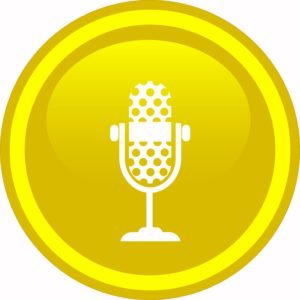 It’s been a big year for voice search as conversational user interfaces funnel new customers to businesses. Content writing optimized to rank in voice searches is a field of study unto itself. Digital assistants like Siri capture and use data to deliver personalized content via messaging platforms. Making sure your business is poised for voice search is no longer a someday task: it’s imperative to staying competitive. Introducing chat lines to your customer service center may be the smartest data collection tool you implement all year.
It’s been a big year for voice search as conversational user interfaces funnel new customers to businesses. Content writing optimized to rank in voice searches is a field of study unto itself. Digital assistants like Siri capture and use data to deliver personalized content via messaging platforms. Making sure your business is poised for voice search is no longer a someday task: it’s imperative to staying competitive. Introducing chat lines to your customer service center may be the smartest data collection tool you implement all year.
As you click around various websites, you’ll probably be more mindful of the above-mentioned advances in content marketing. The spinning spoon GIF that turns the pages of a menu is no accident. Some savvy web designer is availing themselves of the latest trends in animated web design. It’s just one of the ways website interaction is encouraged.
If you need a new website for your startup or help getting your website design updated, please feel free to contact us at iwebcontent. We can turn templated designs into custom works of art, at a fraction of the cost.
